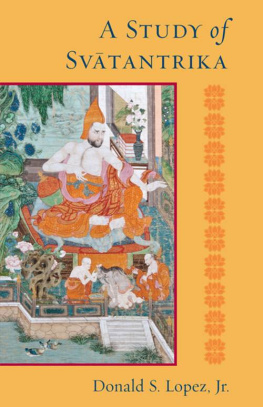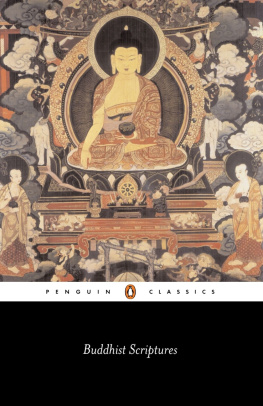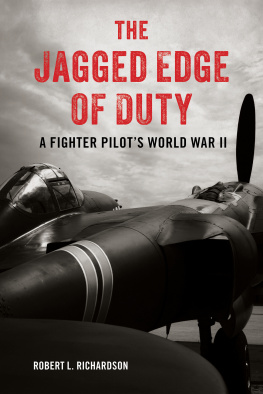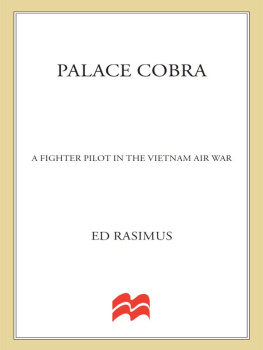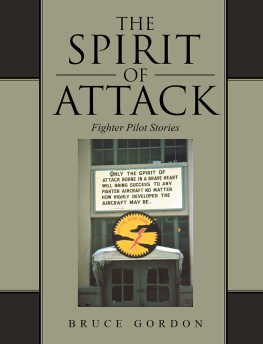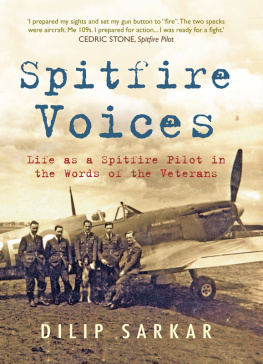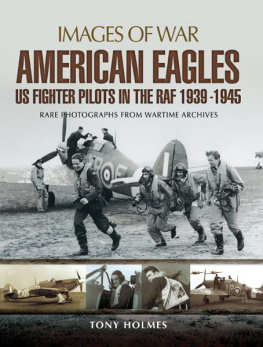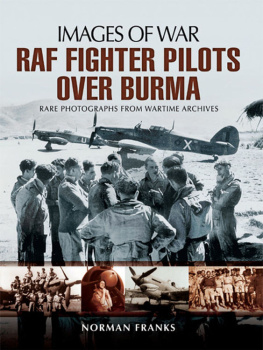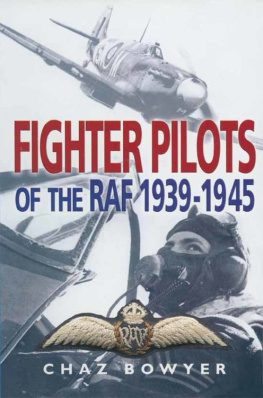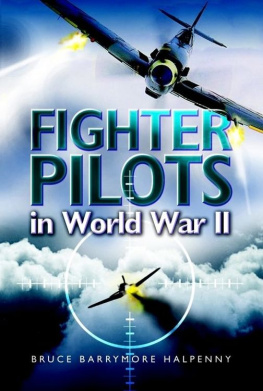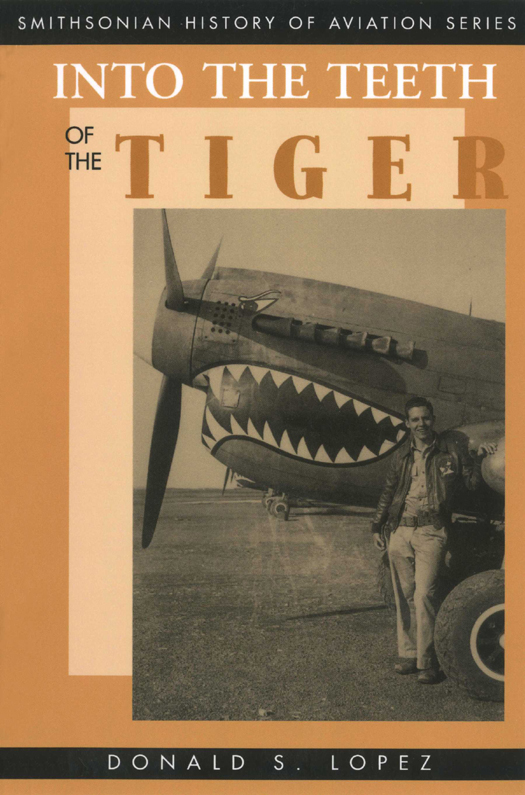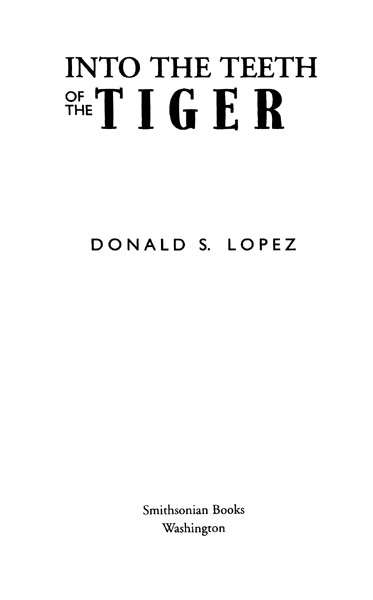SMITHSONIAN HISTORY OF AVIATION SERIES
Von Hardesty, Series Editor
On December 17, 1903, human flight became a reality when Orville Wright piloted the Wright Flyer across a 120-foot course above the sands at Kitty Hawk, North Carolina. That awe-inspiring 12 seconds of powered flight inaugurated a new technology and a new era. The airplane quickly evolved as a means of transportation and a weapon of war. Flying faster, farther, and higher, airplanes soon encircled the globe, dramatically altering human perceptions of time and space. The dream of flight appeared to be without bounds. Having conquered the skies, the heirs to the Wrights eventually orbited Earth and landed on the moon.
Aerospace history is punctuated with many triumphs, acts of heroism, and technological achievements. But that same history also showcases technological failures and the devastating impact of aviation technology in modern warfare. As adapted to modern life, the airplaneas with many other important technological breakthroughsmirrors the darker impulses as well as the genius of its creators. For millions, however, commercial aviation provides safe, reliable, and inexpensive travel for business and leisure.
This book series chronicles the development of aerospace technology in all its manifestations and subtlety. International in scope, this scholarly series includes original monographs, biographies, reprints of out-of-print classics, translations, and reference materials. Both civil and military themes are included, along with systematic studies of the cultural impact of the airplane. Together, these diverse titles contribute to our overall understanding of aeronautical technology and its evolution.
Advisory Board: Roger E. Bilstein, University of Houston at Clear Lake; Horst Boog, historian, Germany; Emmanuel Chadeau, Universit Charles de Gaulle; Tom D. Crouch, National Air and Space Museum; Carl-Fredrik Geust, historian, Finland; Michael H. Gorn, historian; John T. Greenwood, Center for Military History; R. Cargill Hall, Air Force History Support Office; James R. Hansen, Auburn University; Von Hardesty, National Air and Space Museum; Roger D. Launius, National Air and Space Administration, chief historian; W. David Lewis, Auburn University; Donald S. Lopez, National Air and Space Museum; Felix C. Lowe, publisher, South Carolina; John H. Morrow Jr., University of Georgia; Richard J. Overy, Kings College, London; Dominick A. Pisano, National Air and Space Museum; Christine White, Pennsylvania State University; E. T. Wooldridge, National Air and Space Museum
1997 by Donald S. Lopez
All rights reserved
Copy Editor: Lorraine Atherton
Production Editors: Jenelle Walthour and Ruth Thomson
Library of Congress Cataloging-in-Publication Data
Lopez, Donald S., 1923
Into the teeth of the tiger / Donald S. Lopez.
p. cm.(Smithsonian history of aviation series)
Originally published: Toronto; New York: Bantam, 1986. With new material added.
eISBN: 978-1-58834-374-1
1. Lopez, Donald S., 1923-. 2. World War, 19391945-Aerial operations, American. 3. World War, 19391945Personal narratives, American. 4. World War, 19391945CampaignsChina. 5. Fighter pilotsUnited StatesBiography. 6. United States. Army Air ForcesBiography. 7. United States. Army Air Forces. Air Force, 14thHistory. I. Title.
II. Series.
D790.L62 1996
940.544973092dc21 9651012
British Library Cataloguing-in-Publication Data is available
For permission to reproduce illustrations appearing in this book, please correspond directly with the author. Smithsonian Books does not retain reproduction rights for these illustrations individually, or maintain a file of addresses for photo sources.
www.smithsonianbooks.com
v3.1
CONTENTS
FOREWORD
Flying a shark-mouthed P-40 in the skies over China in 19431944, Donald S. Lopez participated in one of the most remarkable air campaigns of World War II. Into the Teeth of the Tiger, now revised, gives a vivid account of Americas air war against the Japanese in China. Lopez served with the 23rd Fighter Group of the Fourteenth Air Force, the worthy successors of the legendary Flying Tigers.
Lopezs squadron flew countless sorties over the rugged mountainous terrain of China, strafing enemy supply lines and attacking troop concentrations. These bold air operationsperhaps the most distant projection of American air power in Asia at the timedid not go unchallenged: the Japanese launched numerous air raids and a major ground offensive to destroy the American air contingent. Even as the Japanese advanced, American pilots scored many notable victories, a paradox of victory in retreat, which Lopez chronicles in dramatic detail.
Fighter pilots lived a precarious existence in such a remote sector of the war. Intense air action over enemy territory alternated with long interludes of boredom and inactivity. Life was austere, with poor food, bouts of dysentery, rat-infested barracks, and irregular mail deliveries. Heavily laden C-47s and C-46s kept the Fourteenth Air Force going by flying supplies over the Hump (the Himalayas) from India. It took six gallons of fuel to deliver one precious gallon to the beleaguered American air units.
Paul Fussell, author of Wartime, has described Lopezs account of the air war in China as unflappable, humorous, cool. Such adjectives capture the essence of this extraordinary memoir. Lopez blends a pilots-eye view of the air war with a keen memory of time and place. The narrative captures the characters in Lopezs squadron vividly, conveying both the heroic and tragic nature of the conflict. Into the Teeth of the Tiger mirrors as well China at warthe brutality of the Japanese occupation, the nature of partisan warfare, and the unresolved conflict between Chiang Kai-Sheks Nationalists and the Chinese Communist movement.
At the heart of this story is the persona of a talented fighter pilot. This highly demanding profession shaped Don Lopez as a youth and profoundly influenced his perspective as a writer. Lopez possessed the drive to become a military pilot. His aptitude for flying first became evident in his stateside flight training. Later in the skies over China he combined personal courage with his demonstrated flying skills to become an ace, one of the few to earn that distinction in the China theater. His subsequent career included six years as a test pilot, a brief stint in the Korean war to test the F-86 Sabre, and an M.S. degree in aeronautics from the California Institute of Technology. Outside the military, Don Lopez has continued to contribute to the history of flight, working at the Smithsonian Institutions National Air and Space Museum as assistant director for aeronautics and then deputy director. When this world-famous museum opened in 1976, on the occasion of Americas Bicentennial, the huge success of the aviation exhibits reflected in large measure the creative work of Don Lopez. Into the Teeth of the Tiger is not only an entertaining and insightful memoir but also the introduction to an important contributor to the history of aviation.
Von Hardesty
Editor
Smithsonian History of Aviation Series
ACKNOWLEDGMENTS
I owe a debt of gratitude to Ian Ballantine for suggesting the book and for sharing some of the wisdom acquired during his legendary career; to his lovely wife, Betty, for her skillful editing; and to Dr. Von Hardesty, curator of aeronautics at the National Air and Space Museum, for his careful reading of, and helpful comments on, each chapter. My thanks also go to Lorraine Atherton for her fine copy editing of this revised edition.




